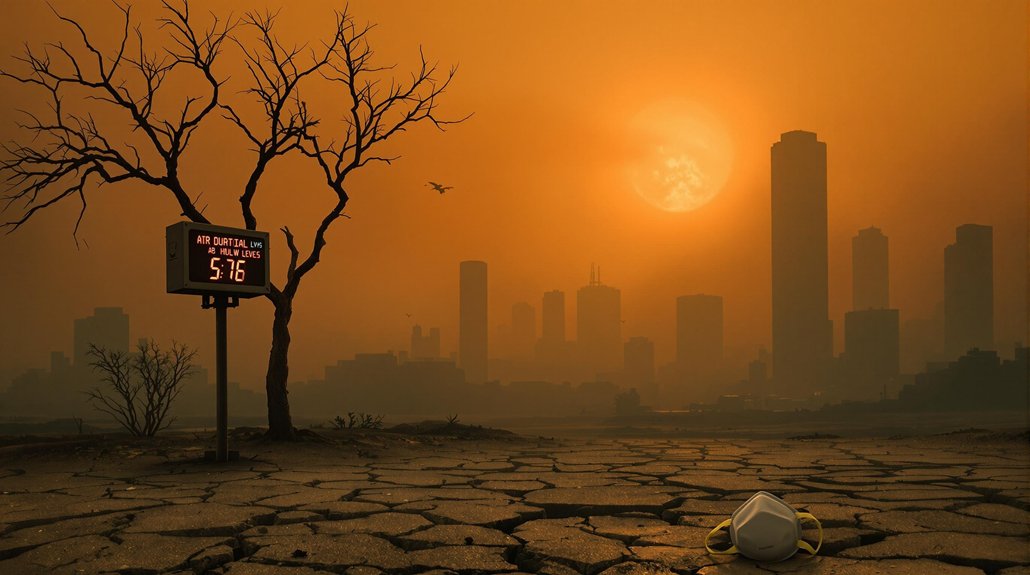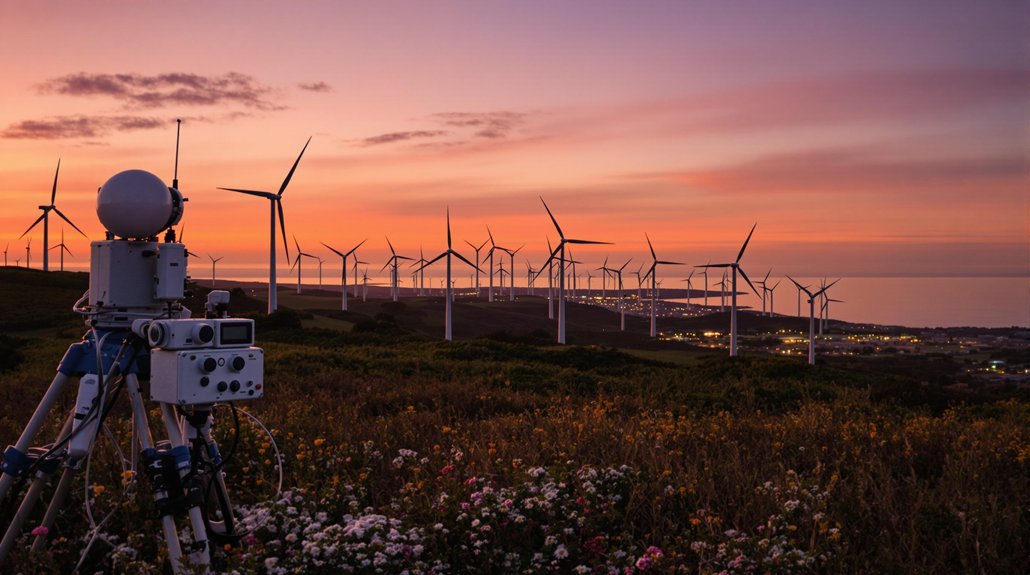Former Forest Service employees are speaking out against a controversial wildfire management proposal that would shift focus toward commercial logging and away from current science-based strategies. The contention comes as the Forest Service’s Wildfire Crisis Strategy has shown measurable success in its approach to reducing fire risk across the nation.
Launched in January 2022, the current strategy combines congressional funding with scientific research to improve forest health. In fiscal year 2024 alone, the Forest Service treated a record 803,633 acres across 21 Wildfire Crisis Strategy regions, bringing the total to 1.86 million acres since 2022.
“They want to dismantle a system that’s working,” said one retired forestry expert. “Our current approach has protected 550 communities, safeguarded 2,500 miles of power lines, and secured 1,800 watersheds that provide drinking water.”
The alternative plan, outlined in Project 2025, proposes replacing existing prevention strategies with increased commercial logging. It aims to reduce what it calls “regulatory obstacles” from environmental protection laws, specifically targeting the National Environmental Policy Act and Endangered Species Act.
Project 2025 seeks to replace science-based fire prevention with commercial logging while removing key environmental protections.
Critics argue this shift could actually worsen wildfire conditions rather than improve them. The proposal explicitly challenges protections for the northern spotted owl and seeks to open public lands in Oregon, California, and Alaska’s Tongass National Forest to increased timber harvesting.
The debate intensifies as California has experienced a 3,000% increase in wildfire activity compared to the previous year, underscoring the urgency of effective management strategies.
Experts warn that deforestation from increased logging operations could contribute to greenhouse gas emissions that further accelerate climate change and associated wildfire risks.
Secretary Rollins announced reforms in April 2025 designed to protect national forests while supporting rural economies and reducing wildfire risk. These reforms, along with new USDA measures announced May 6, build on the existing science-backed methods that include prescribed burns, tree thinning, and pruning.
The current strategy has reduced wildfire risk to $700 billion worth of housing and critical infrastructure. It relies heavily on partnerships with states, Tribes, and other stakeholders to make forests more resilient.
“This isn’t about better fire management,” noted another veteran forester. “It’s about giving the timber industry easier access to our public forests while removing environmental safeguards that have protected these lands for decades.”
References
- https://www.fs.usda.gov/managing-land/wildfire-crisis
- https://www.usda.gov/about-usda/news/press-releases/2025/04/04/secretary-rollins-announces-sweeping-reforms-protect-national-forests-and-boost-domestic-timber
- https://www.nps.gov/subjects/fire/wildland-fire-plans-and-policy.htm
- https://www.usda.gov/about-usda/news/press-releases/2025/05/06/usda-acts-boost-timber-production-reduce-wildfire-risk
- https://heated.world/p/the-maga-plan-to-stop-forest-fires








